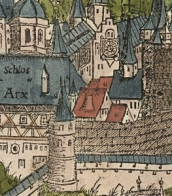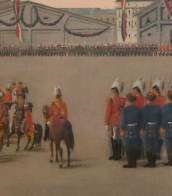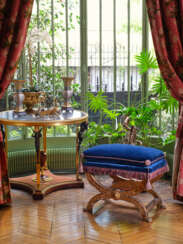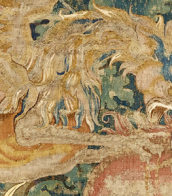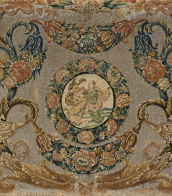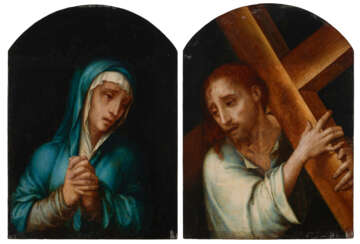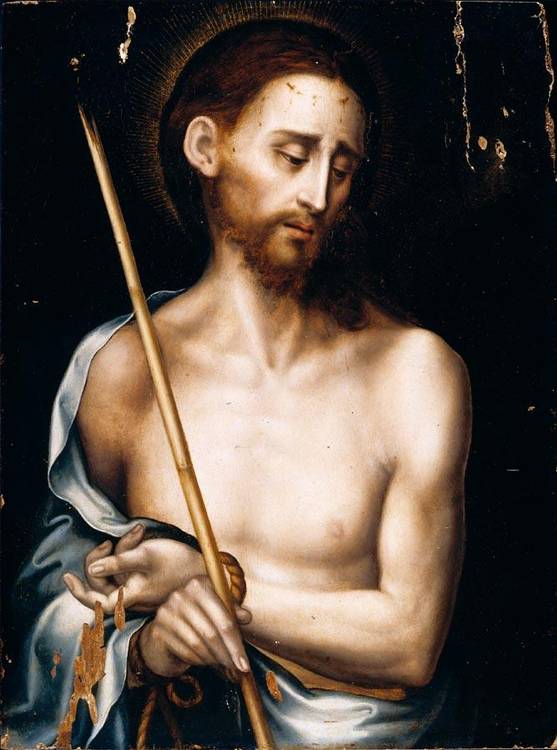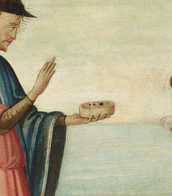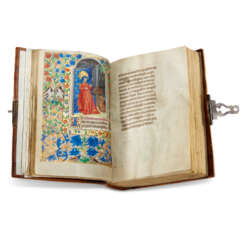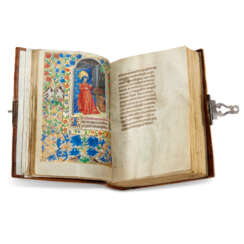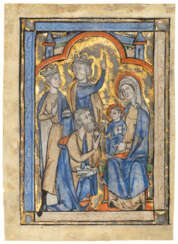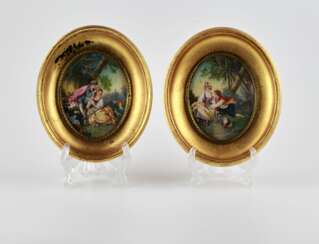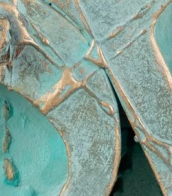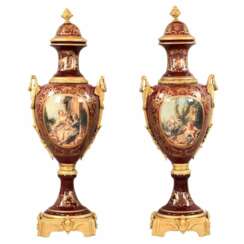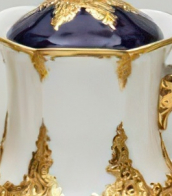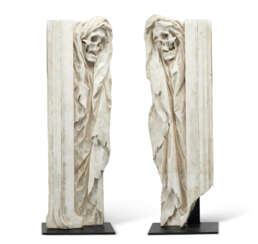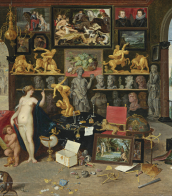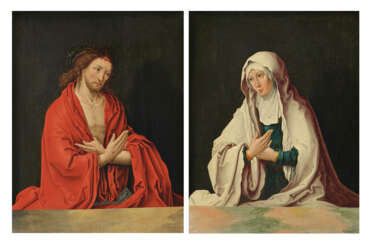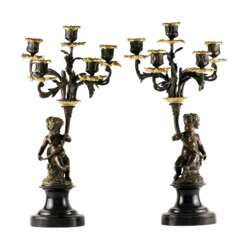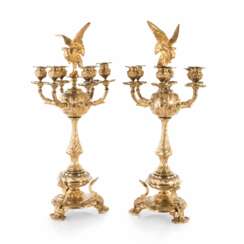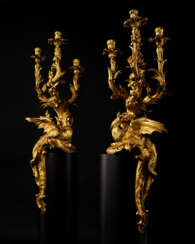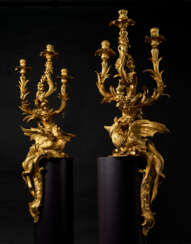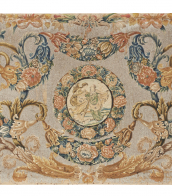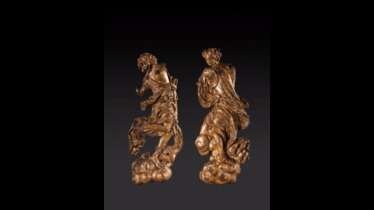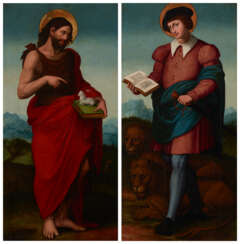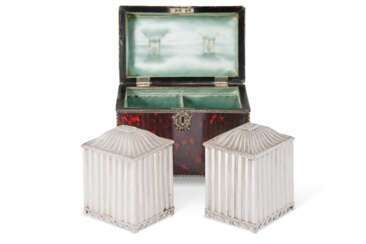paire de thé
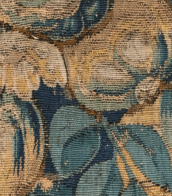
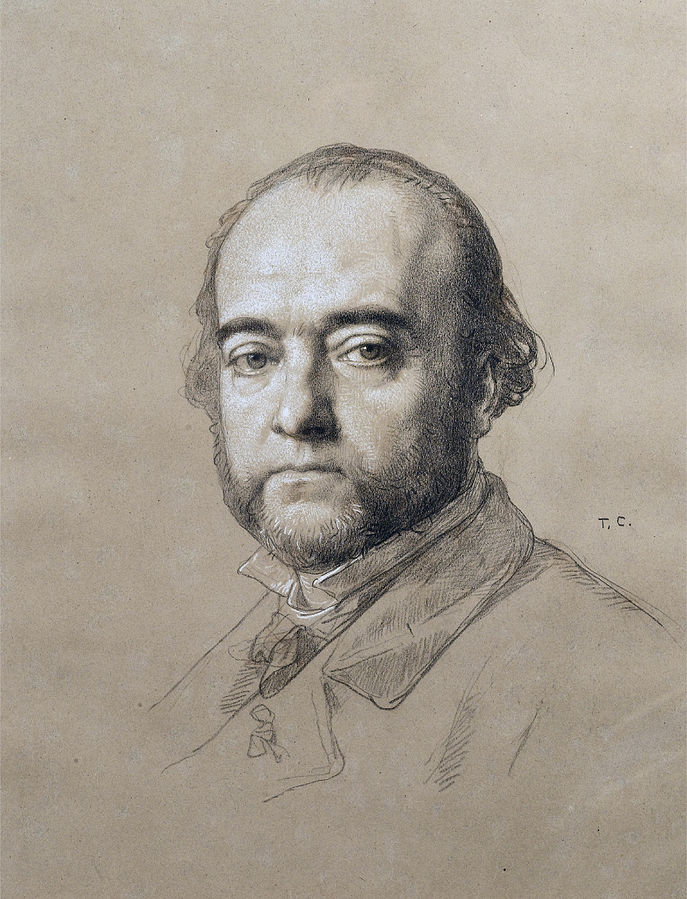
Ferdinand Barbedienne was a French metalworker and manufacturer, who was well known as a bronze founder.
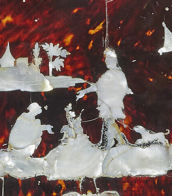

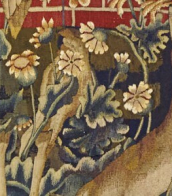
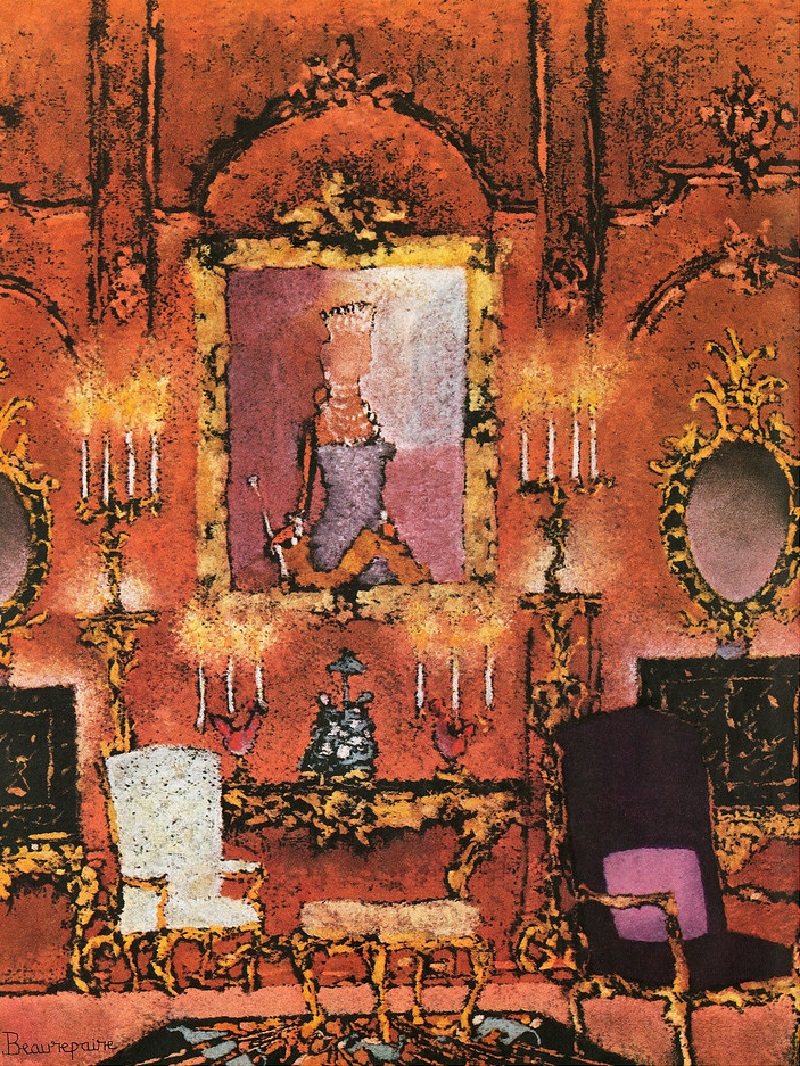
André Beaurepaire was a French artist and scenic designer.
Beaurepaire studied at the École des Beaux-Arts in Tours, and later in Paris at the École Nationale Supérieure des Arts Décoratifs. He worked as a painter and a graphic artist, and also designed sets and costumes for theater productions and films.
Beaurepaire was particularly well-known for his work as a scenographer, and collaborated with many major French directors and choreographers, including Jean-Louis Barrault, Roger Planchon, and Maurice Béjart. He designed sets for a number of classic works of theater, including Shakespeare's "Hamlet" and "Macbeth," Molière's "The Misanthrope," and Jean Anouilh's "Antigone."
In addition to his work as a scenographer, Beaurepaire continued to paint throughout his career, and his works were exhibited in galleries and museums in France and abroad. His paintings are characterized by their vibrant colors and dynamic compositions, often featuring abstract or geometric shapes.

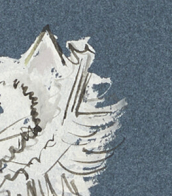
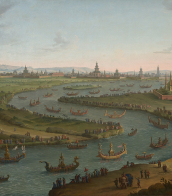


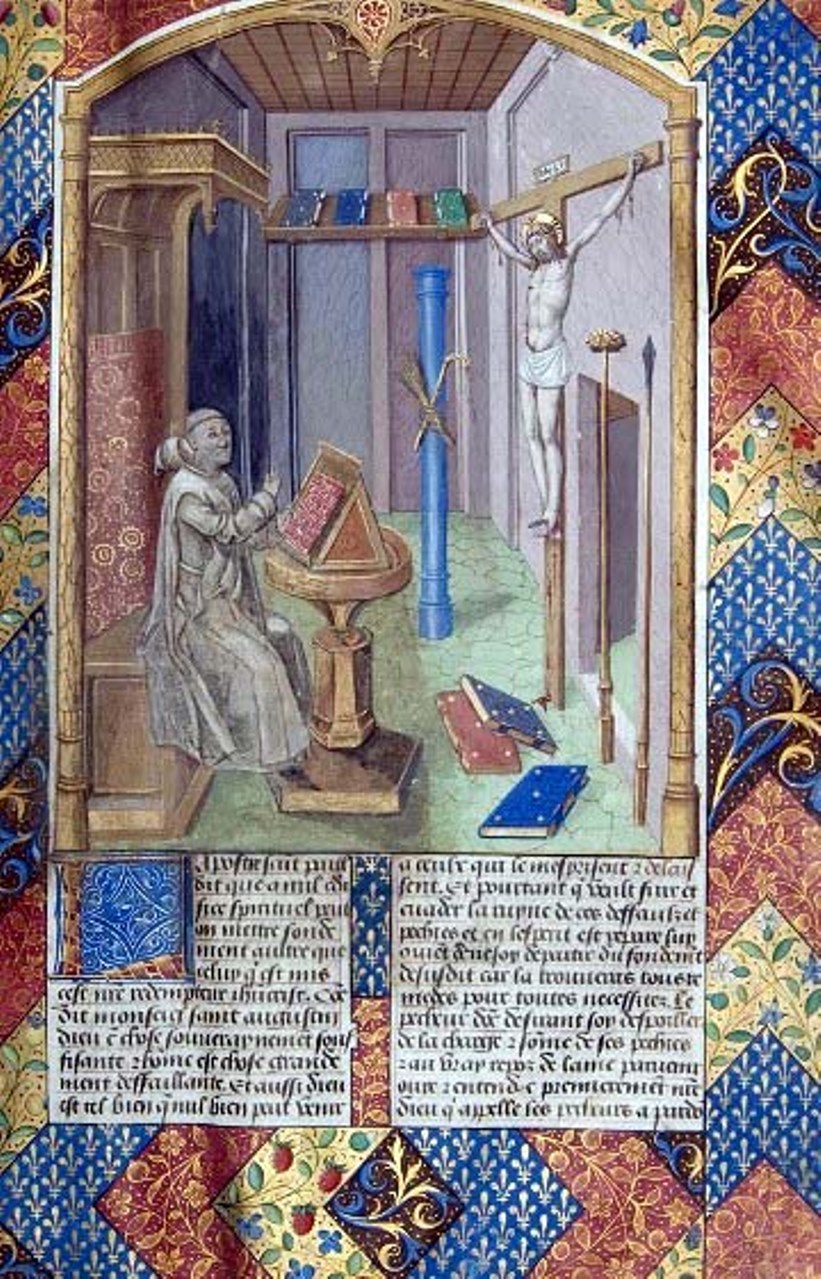
Ludolf of Saxony (German: Ludolf von Sachsen), also known as Ludolf der Kartäuser, was a Roman Catholic theologian and Christian writer of German origin.
The major work of his life was Vita Christi (Life of Christ), also known as Speculum vitae Christi (Mirror of the Life of Christ), completed in 1374. The book is not only a biography of Jesus, but also a history, commentaries by church fathers, and a series of dogmatic and moral reflections, spiritual teachings, meditations, and prayers. This work was very popular in the fourteenth and fifteenth centuries and was first printed in the 1470s.

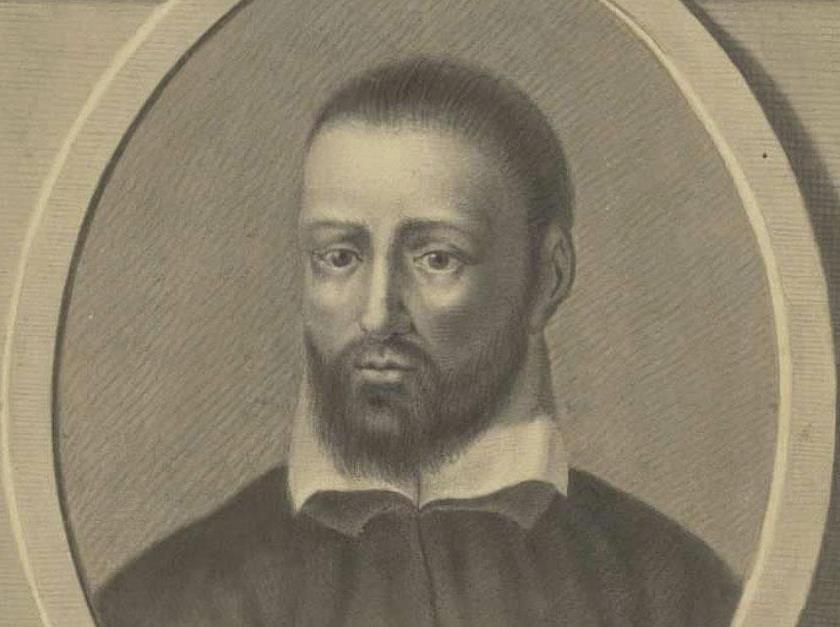
Vicente Juan Masip, also known as Joan de Joanes, was a Spanish painter, a member of the Valencian Renaissance painter dynasty.
He studied painting in Italy, imitating in his works the style of Raphael, and painted religious subjects as well as portraits.

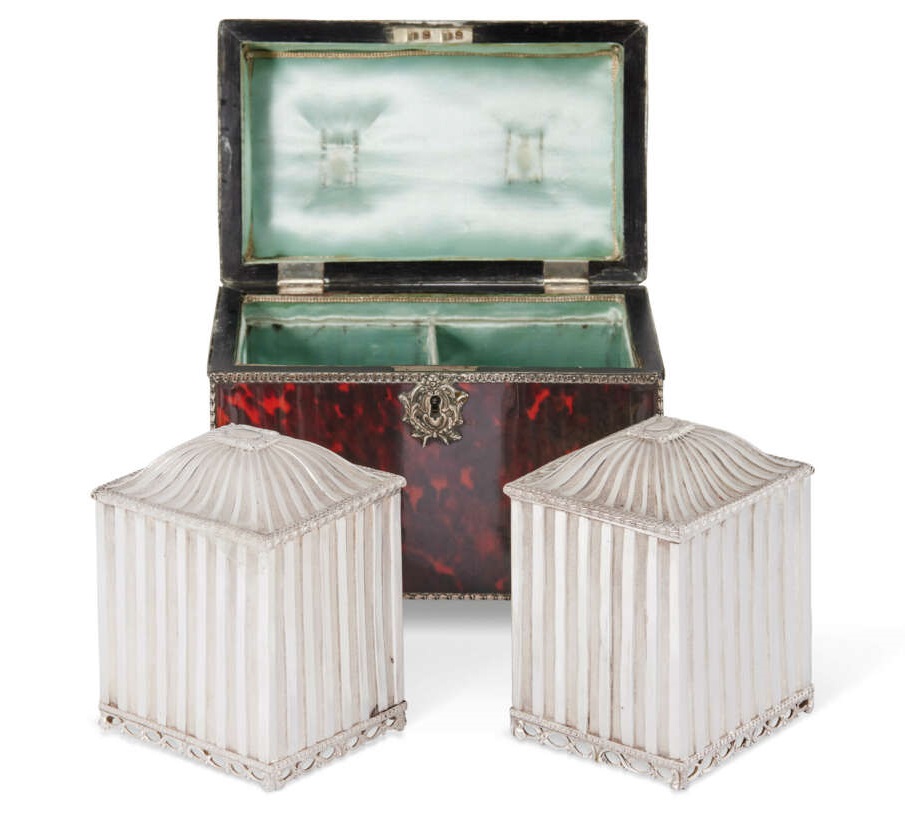
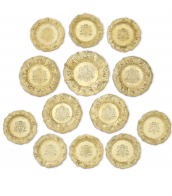
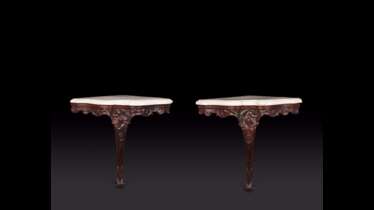

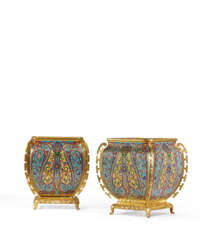

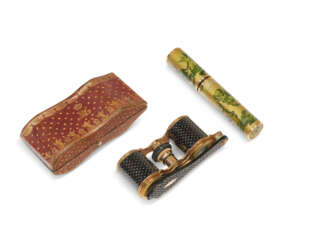

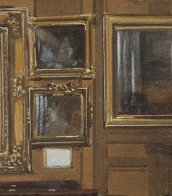
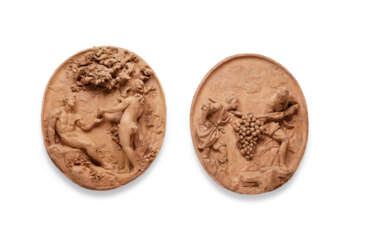

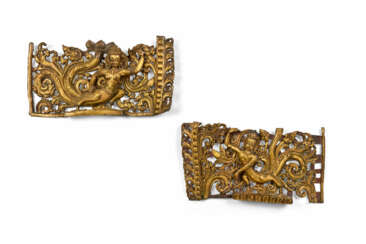

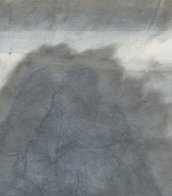


![[BINDING] - VOLTAIRE, François-Marie Arouet (de) - Théatre complet](/assets/image/picture_942442/2e2ab/hy2zbfc1g26gnuhasbot1tsq-tkhup8cz2w6l18ftyiaylukftafgzmaww7bqyb1596201881jpg__fix_374_244.jpeg)
![[BINDING] - VOLTAIRE, François-Marie Arouet (de) - Théatre complet](https://veryimportantlot.com/assets/image/picture_942442/2e2ab/hy2zbfc1g26gnuhasbot1tsq-tkhup8cz2w6l18ftyiaylukftafgzmaww7bqyb1596201881jpg__fix_374_244.jpeg)
